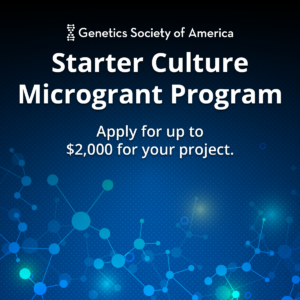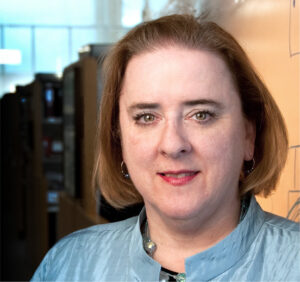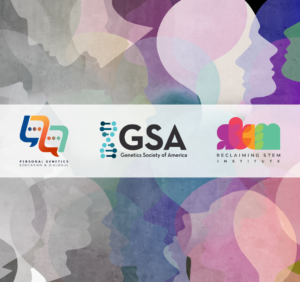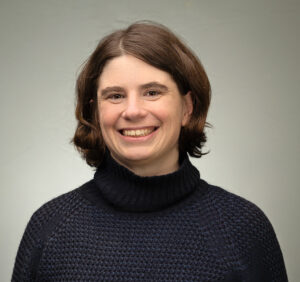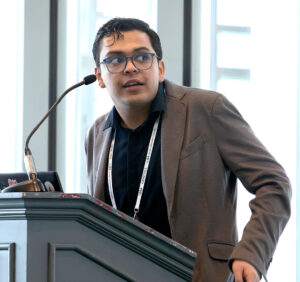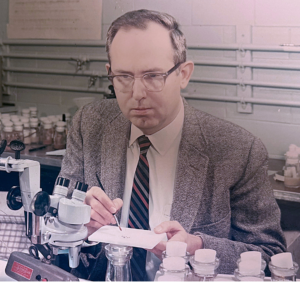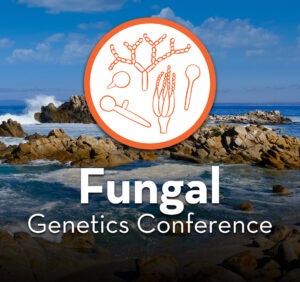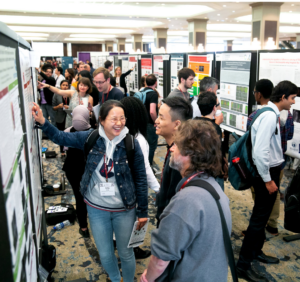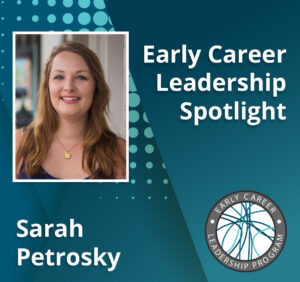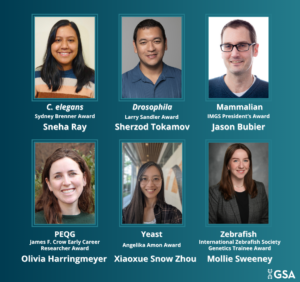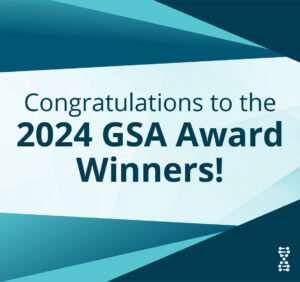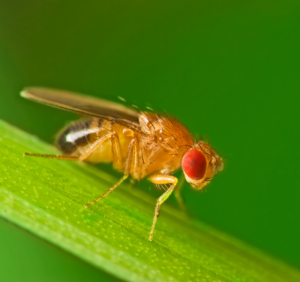Today’s guest post was contributed by Miriam Bergeret, MSc, a scientific writer and editor. Her work can be found at pensandpipettes.com.
The mouse seminal vesicle, a small but critical organ in the male reproductive system, has long been overlooked in tissue atlases despite its key role in producing seminal fluid, which nourishes sperm during ejaculation. While organs like the testes and prostate have been extensively mapped due to their link to cancer, the cellular composition and functional contributions of the seminal vesicle have remained poorly understood.
A new study published by Sun et al. in the May issue of G3: Genes|Genomes|Genetics provides the first single-cell RNA-seq atlas of the mouse seminal vesicle, uncovering new insights into its cellular composition and function. The atlas includes tissue from 23 mice of varying ages and diets.
Seminal fluid has traditionally been seen only as an accessory to sperm function, and its role in fertility and reproduction remained speculative. “The reason we’re now interested in the seminal vesicle is because new research suggests that seminal fluid may do more than just feed sperm,” said Oliver J. Rando, professor of biochemistry and molecular biotechnology at the University of Massachusetts Chan Medical School and senior author of the study. “In fact, its composition is regulatable by environmental conditions and plays very poorly understood roles in male to female immune modulation during reproduction. That’s why we decided to create a baseline atlas for the tissue.”
The new atlas of the seminal vesicle provides its comprehensive cellular map. As expected, it includes secretory epithelial cells, which produce the major components of seminal fluid and stromal cells, such as fibroblasts, smooth muscle, and endothelial cells, which provide structural support. However, the data also includes a large population of immune-related cells, including T cells, macrophages, dendritic cells, and NKT cells. Although these immune cell types had previously been observed in the seminal vesicle, the study highlights their likely role as the source of cytokines found in seminal plasma—an insight supported by the absence of cytokine expression in the secretory epithelium.
Using single-cell RNA-seq, the researchers mapped gene expression profiles from individual cells, identifying a rich and complex cytokine profile within the seminal vesicle. They found that cytokine expression is highly cell type-specific: macrophages produce many pro-inflammatory signals such as IL-1β, TNF, and CCL3; T and NKT cells primarily express signaling molecules like IFN-γ and IL-2; and stromal cells contribute cytokines involved in both inflammation and tissue regulation, including IL-6, CCL2, and TGF-β.
The detailed cytokine and chemokine profiles in seminal fluid add new context to research on male-to-female immune signaling that suggests that these molecules help modulate the female immune response, promote implantation, and protect sperm from rejection. Some may also trigger inflammation that limits how many sperm reach the oviduct, potentially shaping fertilization outcomes, though their exact roles remain unclear.
“The biggest point of interest for this paper is that most of the cytokines found in seminal fluid are not expressed at all in the epithelium—they’re expressed in infiltrating immune cells or in stromal cells,” Rando said. “This suggests that it may not be the epithelium that we should be thinking about in terms of how lifestyle and diet affects the cytokines in seminal fluid but rather altered immune infiltration or the function of infiltrating immune cells.”
Using the seminal vesicle atlas, Rando and his team plan to investigate how paternal effects, such as a father’s diet, lifestyle, and health history, may influence the production of seminal fluid components likely to signal to the female reproductive tract and their effects on the development and health of offspring.
References
A single cell atlas of the mouse seminal vesicle
Fengyun Sun, Kathleen Desevin, Yu Fu, Shanmathi Parameswaran, Jemma Mayall, Vera Rinaldi, Nils Krietenstein, Artür Manukyan, Qiangzong Yin, Carolina Galan, Chih-Hsiang Yang, Anastasia V. Shindyapina, Vadim N. Gladyshev, Manuel Garber, John E. Schjenken, Oliver J. Rando
G3: Genes|Genomes|Genetics. May 2025. 15(5).
DOI: 10.1093/g3journal/jkaf045







